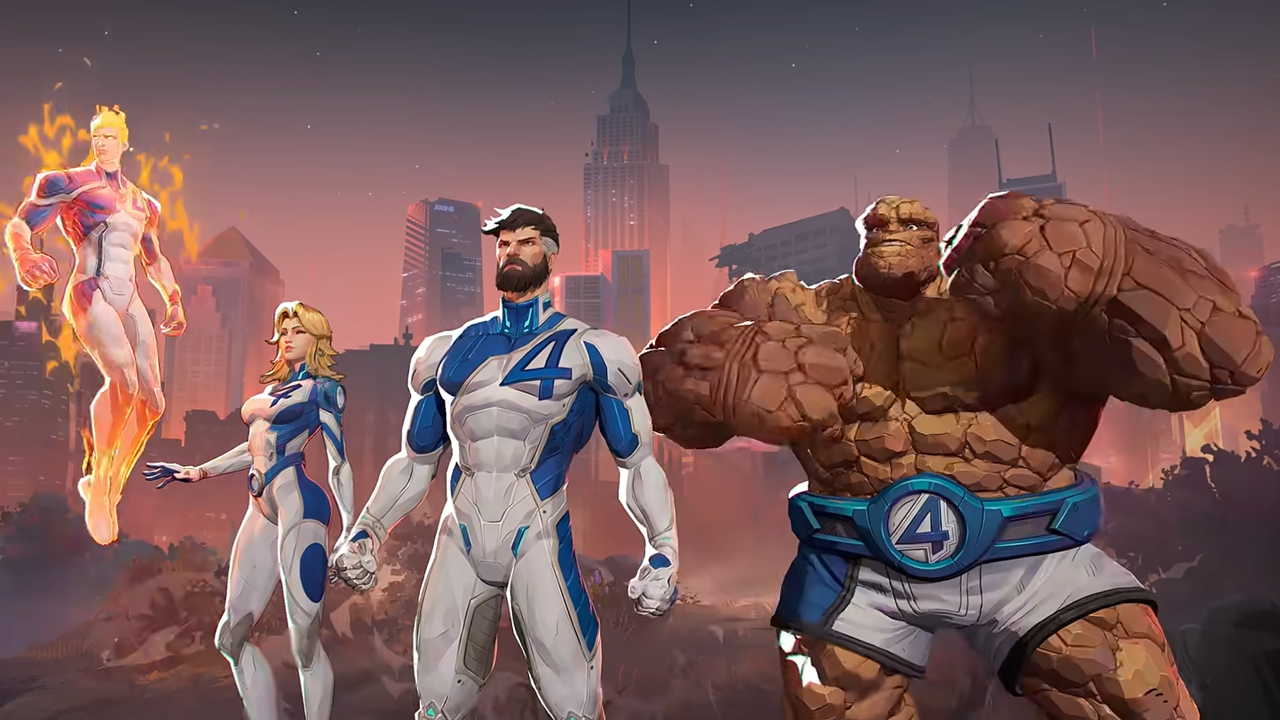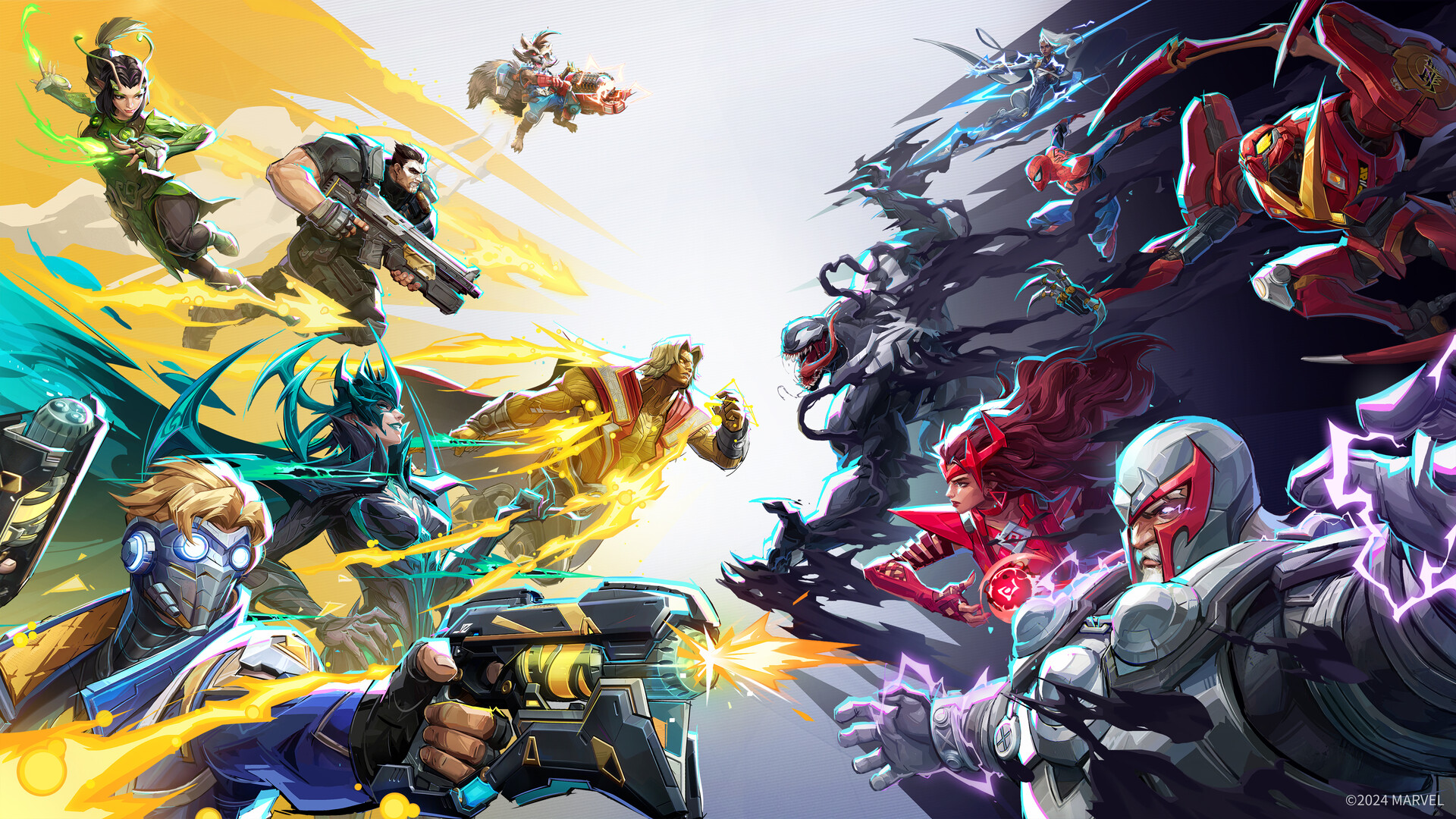Popular Now
Introduction
Marvel Rivals has rapidly carved out a niche in the crowded hero shooter genre by combining fast-paced 6v6 team combat with the beloved lore of the Marvel multiverse. While players initially gravitated to the flashy superpowers and iconic characters like Iron Man, Scarlet Witch, and Magneto, a deeper layer of mechanics has begun to raise concerns within the community. One such element is the secondary weapon system, often referred to in the game as the Gadget System.
Designed to add strategic depth and allow customization, gadgets offer characters supplementary tools like shields, grenades, teleporters, or healing nodes. On paper, this seems like a great way to diversify tactics and encourage creativity. However, as competitive play intensifies, it’s becoming clear that this system is creating serious balance issues. In many cases, gadgets overshadow core abilities, nullify weaknesses, and create inconsistent power spikes that deviate from each character’s original design.
This article explores the gadget system in Marvel Rivals in depth—its origins, how it's implemented, the problems it introduces, and why NetEase may need to rethink or rework it entirely for the long-term health of the game.
1. Origins of the Gadget System: From Innovation to Disruption
When NetEase first revealed the gadget system during Marvel Rivals’ closed alpha, it was met with cautious optimism. Developers pitched it as a modular layer of utility—similar to loadouts in games like Apex Legends or Call of Duty.
Gadgets were meant to:
-
Provide counters for hard matchups
-
Let players define their own playstyle
-
Add unpredictability to fights
However, unlike other shooters where secondary tools are passive or low-impact, Marvel Rivals gives gadgets outsized power—some gadgets can swing team fights or bypass entire ability kits. This initial design choice has turned gadgets from “support tools” into balance-breakers.

2. Gadget Types and Their Disproportionate Influence
There are several core types of gadgets in Marvel Rivals:
-
Mobility Gadgets: Grappling hooks, blink devices, teleport beacons
-
Damage Gadgets: Sticky grenades, proximity mines
-
Defense Gadgets: Portable shields, energy domes
-
Healing Gadgets: Healing pods, AoE regeneration fields
-
Disruption Gadgets: EMP bursts, silence bombs
Each of these types can drastically enhance or override a hero’s core limitations. For example:
-
A slow character like Hulk using a teleport gadget nullifies his main vulnerability.
-
A burst DPS like Rocket Raccoon equipping a healing pod increases his sustain to unreasonable levels.
This modular power boost leads to unnatural combinations that make team compositions unpredictable and harder to counter.
3. Class Role Undermining Through Gadget Customization
Marvel Rivals’ balance model hinges on traditional class roles: Damage, Tank, and Support. Each role has pros and cons to encourage teamwork. However, gadgets now allow:
-
Tanks to self-heal like Supports
-
Supports to dish out unexpected burst damage
-
Damage heroes to escape like mobility tanks
This undermines the rock-paper-scissors dynamic that balance teams rely on. In a well-designed shooter, each class should require allies to compensate for weaknesses. In Marvel Rivals, gadgets allow lone wolves to thrive, distorting both casual and competitive team play.
4. Pay-to-Win Concerns and Unlock Systems
Although Marvel Rivals is marketed as free-to-play, the gadget progression system raises serious pay-to-win alarms. Certain gadgets are locked behind:
-
XP-based milestones
-
Premium passes
-
Limited-time events
Players who invest real money or grind extensively gain access to:
-
Higher tier gadgets
-
Rare effects with better cooldowns or impact radius
-
Combinations that less committed players can’t match
This gives a decided advantage to those with time or money—not skill. It divides the player base and discourages new players who feel power-gated by systems outside of match performance.
5. Gadget Cooldowns and Clashing with Hero Kits
Another glaring issue is that gadget cooldowns often don’t align with ability cooldowns, creating awkward pacing. For instance:
-
A gadget with a 15-second cooldown might interact poorly with an ultimate ability on a 30-second timer.
-
Defensive gadgets can be used immediately after using all primary skills, giving players an unintended second life.
This disrupts the natural ebb and flow of fights. Instead of trading abilities, watching cooldowns, and punishing mistakes, players spam gadgets for unpredictable escape or sustain, resulting in chaotic, unstructured engagements.
6. Lack of Visual and Audio Clarity
In Marvel Rivals’ often chaotic battles, clarity is critical. But gadgets frequently:
-
Share similar visual effects to core abilities
-
Lack clear indicators of activation or placement
-
Blend into the environment with minimal audio feedback
This creates moments where players:
-
Walk into an invisible proximity mine
-
Fail to notice a healing pod sustaining an enemy
-
Get hit by a grenade they couldn’t see coming
The lack of clarity not only frustrates players but also reduces skill expression, since awareness and reaction time are negated by gadget ambiguity.

7. Competitive Scene Frustration
Professional and high-ELO players have expressed growing frustration with the gadget system. On platforms like Reddit and Twitter, many pros argue that gadgets:
-
Shift fights in random directions
-
Make team compositions less meaningful
-
Lead to repetitive, unfun metas
Some teams even practice gadget synergy strategies that completely bypass standard play—for example:
-
Tank stacking with triple shields
-
Dive squads using multiple teleporters
-
DPS squads coordinating burst grenades with crowd control
These compositions wouldn’t be possible without gadgets, suggesting that the system creates rather than solves design problems.
8. The Disconnection Between Lore and Gameplay
Marvel Rivals proudly builds its universe on top of the Marvel canon, but gadgets often feel immersion-breaking. Why is Doctor Strange using EMP grenades? Why does Magneto need a healing pod?
This breaks thematic consistency, a core draw for Marvel fans. In lore-driven games, mechanics and narrative should reinforce each other. Gadgets, being universal tools usable by any character, dilute the personality and uniqueness of each hero.
9. Community Solutions and Developer Silence
The community has offered several potential fixes:
-
Limit gadget usage to one per team
-
Tie gadgets to specific characters or roles
-
Create gadget bans in ranked
-
Implement cooldown synchronization with hero abilities
Despite the feedback, NetEase has remained mostly silent. Patch notes rarely address gadgets, and the lack of transparency creates distrust among competitive players. Unless the developers acknowledge and address the problem soon, the divide between casual and serious players may grow irreversible.
10. Possible Reworks and Long-Term Solutions
Marvel Rivals still has time to fix its gadget system. Here are several long-term solutions:
Option 1: Role-Locked Gadgets Only allow certain gadget types for certain classes. For example:
-
Tanks get defensive gadgets
-
DPS get damage gadgets
-
Supports get healing gadgets
Option 2: Class-Specific Gadget Cooldowns Adjust gadget cooldowns depending on class. A healing gadget might have a longer cooldown for a DPS hero than for a Support.
Option 3: Remove Gadgets from Ranked In competitive modes, eliminate gadgets entirely or replace them with standardized utilities.
Option 4: Lore-Based Gadget Restrictions Tie gadgets to narrative logic—only tech-based heroes like Iron Man or Rocket Raccoon should use certain tools.
These approaches could preserve the creativity gadgets allow without letting them override balance or character design.
Conclusion
Marvel Rivals is full of promise—a fast, colorful, Marvel-powered hero shooter with real potential to break into the competitive scene. But its gadget system is dangerously close to undoing that potential. By granting characters universal tools that override their weaknesses, the system disrupts balance, alienates new players, and muddles gameplay clarity.
To evolve into the top-tier competitive game it aspires to be, Marvel Rivals must reassess how gadgets function in the ecosystem. Whether through restrictions, reworks, or complete removal in certain modes, developers must act soon. The longer gadgets remain unchecked, the harder it will be to build a fair, skill-based, and strategically deep Marvel experience.














